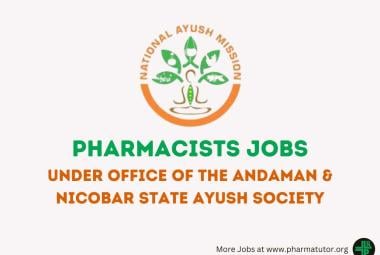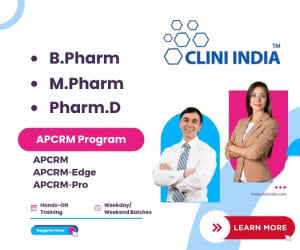JAN AUSHADHI STORE: A NEW APPROACH IN PROVIDING LOW COST DRUGS TO THE PUBLIC
 About Authors:
About Authors:
Rohit Gujarati, T.M.Pramod Kumar, Parasiya Sachin R.
Pharmaceutical Regulatory Affairs Group, Dept. of Pharmaceutics,
JSS College of Pharmacy, JSS University, S.S Nagar, Mysore-570015, Karnataka, India
rohitgujrati@gmail.com
{ DOWNLOAD AS PDF }
Abstract
India has one of the best developed pharmaceutical industries, and produces about 20 per cent of the world’s drugs. Currently many top Indian companies are exporting generic drugs worth Rs 45,000 crore every year to many countries including the US and Europe. But ironically, drugs are beyond the reach of people in India itself, especially the poor, because their prices are very high. It is not that the cost of R&D and manufacturing is high, but that the profit margins are exorbitant and in many cases exploitative, which can be explained by reasons like, lack of proper regulation on price control (except for few DPCO drugs), prescription made by the doctors, lack of awareness in public about the generic drugs.
Government of India is taking certain steps in providing cost effective drugs to the public without compromising with the quality of the medicines. Recently Union government and regulatory bodies appear to be serious in ending the pharma-doctor nexus and curb unethical marketing practices. In its latest effort, the Medical Council of India (MCI) has directed doctors, hospitals and medical colleges to prescribe generic medicines as far as possible. This has not benefited much to the public. This Paper give a brief scenario about the various measures taken by the Govt. of India to scale down the rates of high cost medicines, among which, the concept of “jan aushadhi”, which talks about various measures taken by the Govt. of India on increasing the availability of the generic drugs throughout the country, has been highlighted.




 ABOUT AUTHORS:
ABOUT AUTHORS: About Author:
About Author: About Authors:
About Authors:







.png)

